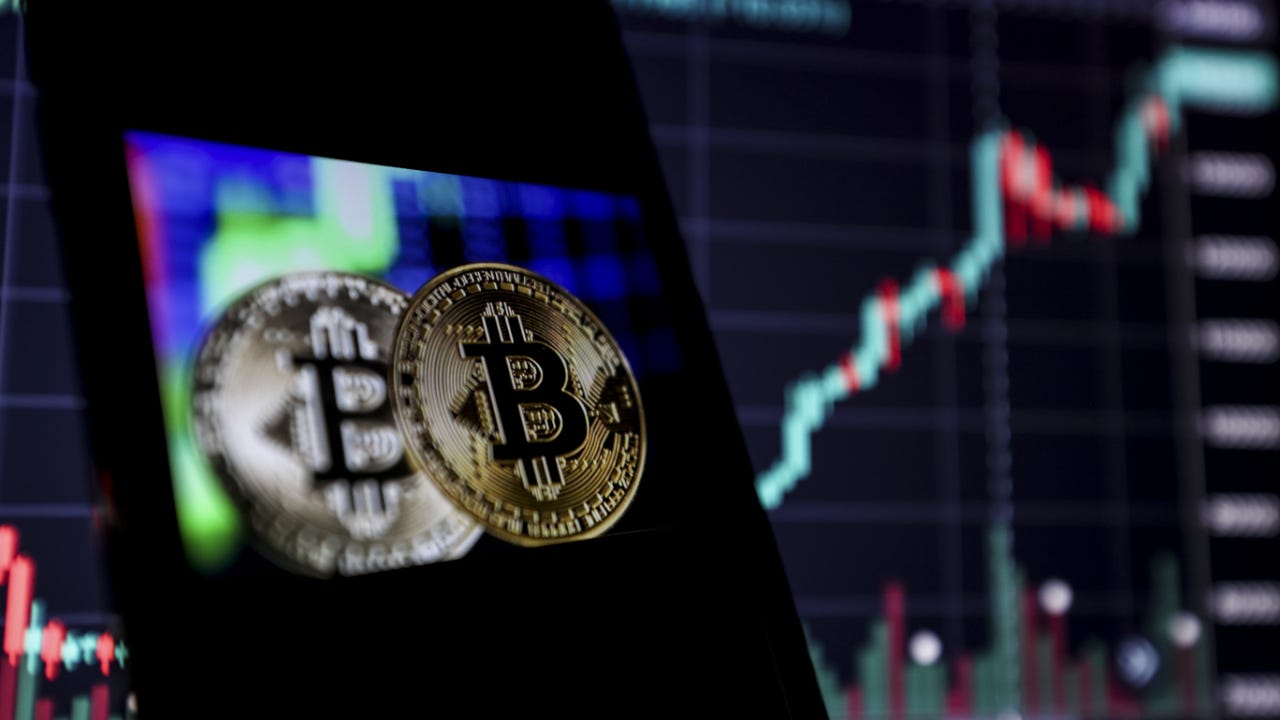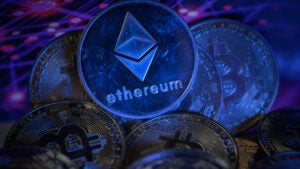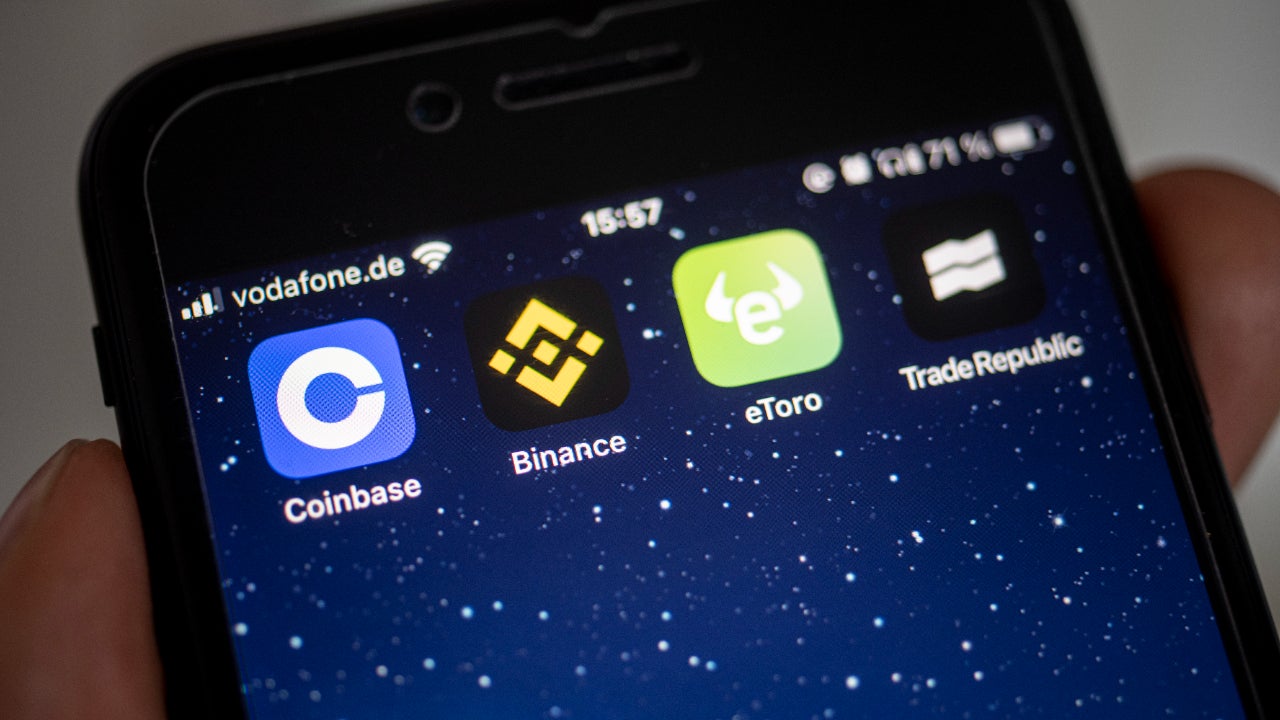Binance vs. Kraken: Which crypto exchange is right for you?

Binance.US and Kraken are two of the more popular cryptocurrency exchanges and are well known for having some of the lowest trading costs in the industry. Deciding which exchange to choose can be difficult and will depend on your unique needs, such as the coins you’re looking to trade, the amount of customer support available and how much you’re willing to pay in fees.
In this article we’ll refer to Binance.US – the American arm of the larger Binance organization – as Binance. Here’s how Binance and Kraken compare on some of the most important factors to traders.
Binance vs. Kraken: Cost
Trading costs can be significant at crypto exchanges and the fees can really add up for active traders. Discounts are typically offered based on your 30-day trading volume.
Binance and Kraken both use a maker-taker pricing structure, which charges based on whether your order adds liquidity to the market (maker) or removes liquidity from the market (taker).
Here’s how each exchange breaks down on its fees:
Binance trading fees
| 30-day volume | Maker | Taker |
|---|---|---|
| Less than $50,000 | 0.10 percent | 0.10 percent |
| $50,000 – $100,000 | 0.09 percent | 0.09 percent |
| $100,000 – $500,000 | 0.08 percent | 0.09 percent |
| $500,000 – $1 million | 0.07 percent | 0.08 percent |
| $1 million – $5 million | 0.05 percent | 0.07 percent |
| $5 million – $10 million | 0.04 percent | 0.06 percent |
| $10 million – $25 million | 0 percent | 0.06 percent |
| $25 million – $100 million | 0 percent | 0.05 percent |
| $100 million – $250 million | 0 percent | 0.04 percent |
| $250 million – $500 million | 0 percent | 0.03 percent |
| $500 million and up | 0 percent | 0.02 percent |
Kraken trading fees
| 30-day volume (USD) | Maker | Taker |
|---|---|---|
| $0 – $50,000 | 0.16 percent | 0.26 percent |
| $50,001 – $100,000 | 0.14 percent | 0.24 percent |
| $100,001 – $250,000 | 0.12 percent | 0.22 percent |
| $250,001 – $500,000 | 0.10 percent | 0.20 percent |
| $500,001 – $1 million | 0.08 percent | 0.18 percent |
| $1,000,001 – $2.5 million | 0.06 percent | 0.16 percent |
| $2,500,001 – $5 million | 0.04 percent | 0.14 percent |
| $5,000,001 – $10 million | 0.02 percent | 0.12 percent |
| $10 million and up | 0.00 percent | 0.10 percent |
While Kraken offers competitive trading fees, Binance has a clear advantage in this area, especially for taker orders. Plus, if you use BNB, Binance’s in-house coin, to pay trading fees, the fees get reduced by an additional 25 percent.
Here’s how it works: If you’ve executed $25,000 in trades over the previous 30 days and are looking to place a new $10,000 trade, Kraken will charge you 0.16 percent ($16) for a maker order or 0.26 percent ($26) for a taker order. Binance will charge 0.10 percent ($10) for either order type and will reduce the fee to $7.50 if you pay with BNB.
Kraken does take a slight advantage on maker orders if your 30-day trading volume is above $2.5 million. Neither exchange charges a fee for maker orders once your 30-day average volume hits $10 million. Binance charges less for taker orders at every volume level.
Advantage: Binance. Unless you’re trading frequently with big bucks, Binance is going to be the best place to save on trading costs when compared to Kraken.
Binance vs. Kraken: Supported cryptocurrencies
In terms of the number of coins available to trade on each exchange, Kraken has the advantage here, with more than 175 coins available as of June 2022, compared to more than 100 at Binance. But you shouldn’t have trouble finding the most popular coins at either exchange.
If you’re really looking to trade a bunch of different coins, you may be better off going with Kraken or another exchange such as Coinbase, which offers access to 158 coins. But if you’re just looking to trade the largest cryptocurrencies like Bitcoin and Ethereum, you should be fine with Binance or Kraken.
Advantage: Kraken
Binance vs. Kraken: Staking rewards
Both Binance and Kraken offer staking on their platforms. Staking rewards give crypto investors the chance to earn income for supporting the coin as part of the verification process. The exchanges deposit the income you’ve earned into your account after subtracting any fees. Neither Binance nor Kraken charge staking fees at this time.
Kraken currently offers staking on 13 coins and says it plans to add more in the future, while Binance offers staking on seven coins. Notably, Kraken offers staking on Ethereum, while Binance does not, so if you’re looking to stake Ethereum, one of the most popular cryptocurrencies, you’ll need to go with Kraken as your exchange.
Advantage: Kraken
Binance vs. Kraken: Deposit and withdrawal fees
Binance has the advantage here by not charging deposit or withdrawal fees on ACH transfers in U.S. dollars. On wire transfers, Binance doesn’t charge for deposits, but charges $15 on withdrawals for domestic wires. Kraken’s fees vary, but will range from free to $10 on deposits and $4 to $35 on withdrawals.
Advantage: Binance
Binance vs. Kraken: Customer support
Many crypto exchanges are lacking when it comes to customer service, which is disappointing considering their enormous growth. Binance customers will only be able to submit support tickets when they have questions or problems. There is no phone, email or chat support.
Kraken sets itself apart in this area by offering hundreds of trained specialists to answer questions via chat 24 hours a day, seven days a week (even on major holidays). Kraken also offers phone support 12 hours a day, which is great for those complex questions that are difficult to explain in writing.
Advantage: Kraken
Bottom line
Binance has the advantage when it comes to cost, which is the biggest concern for many crypto traders. Low trading costs helped Binance win Bankrate’s award for the best crypto exchange for beginners.
But Kraken users won’t be too far behind. The costs are competitive with other exchanges, and the exchange holds an advantage in the number of cryptocurrencies available and its superior customer service offering.
Ultimately, you’ll have to decide which features matter most to you before deciding on which exchange to choose.
Editorial Disclaimer: All investors are advised to conduct their own independent research into investment strategies before making an investment decision. In addition, investors are advised that past investment product performance is no guarantee of future price appreciation.






